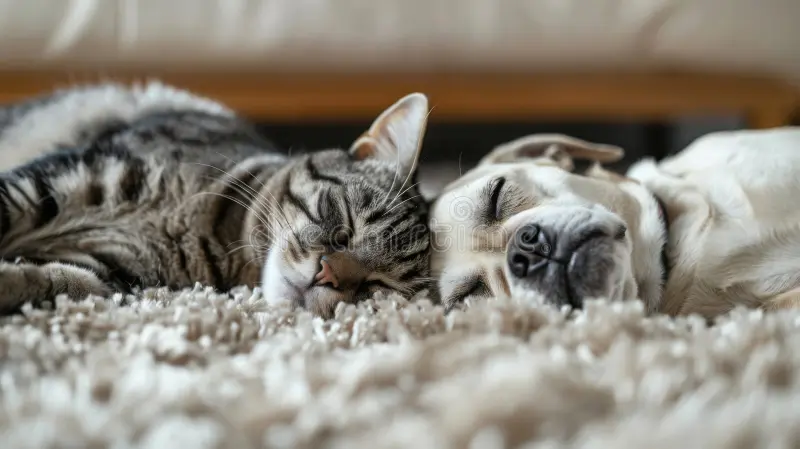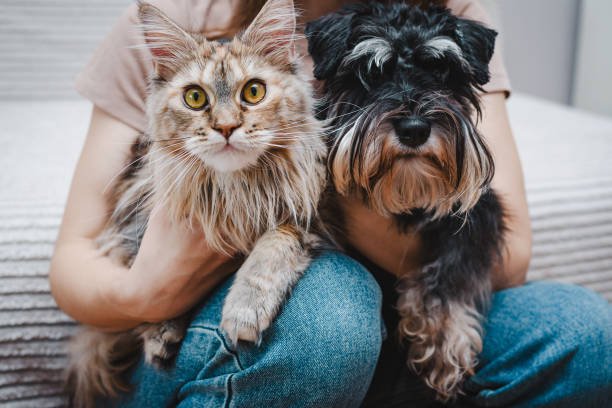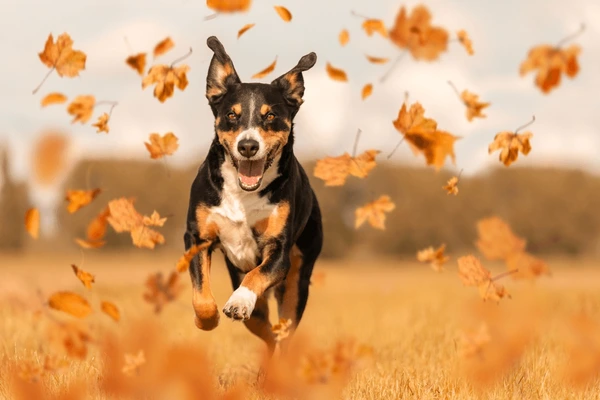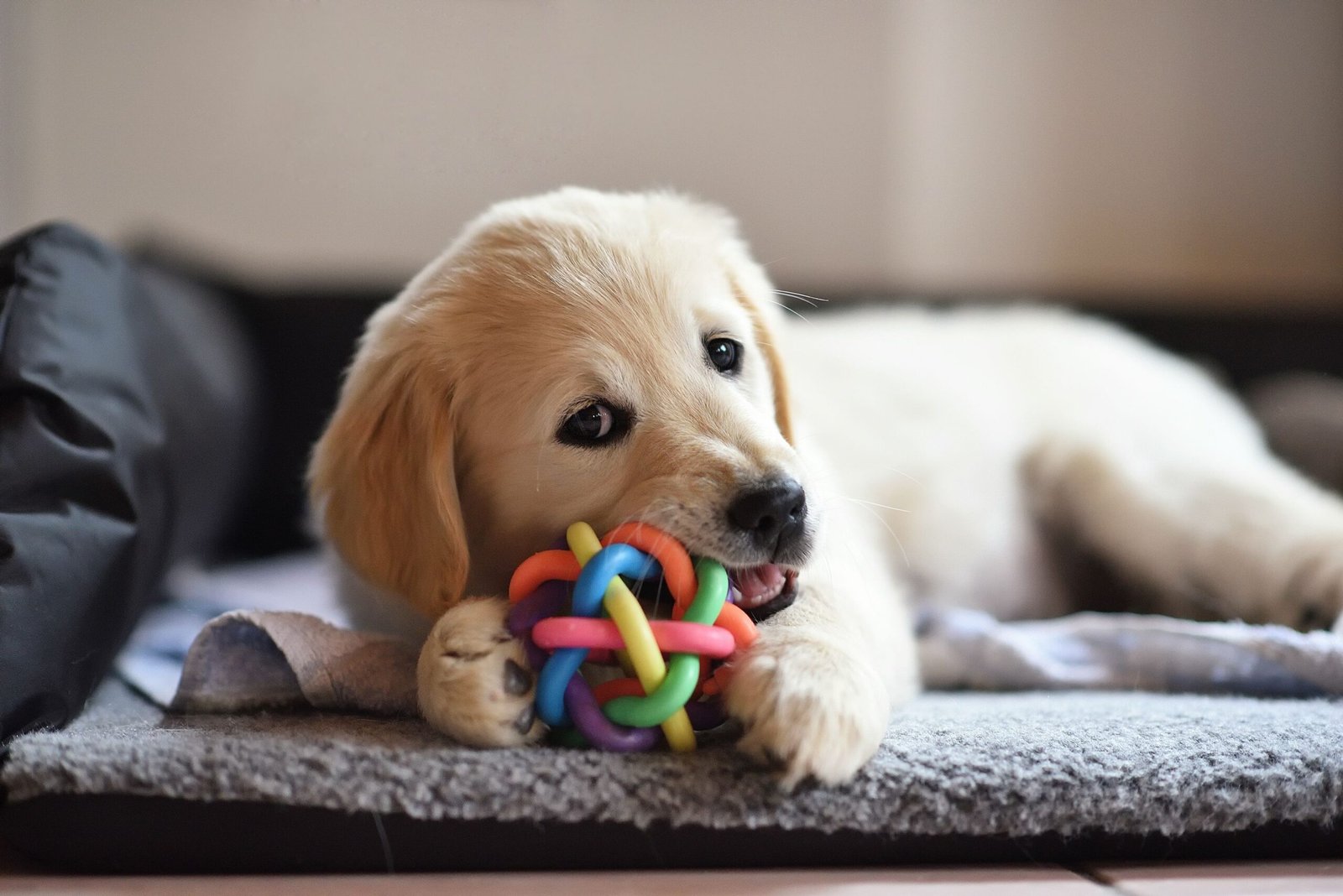A Complete Guide to Safety, Comfort, and Enrichment for Your Furry Family Members
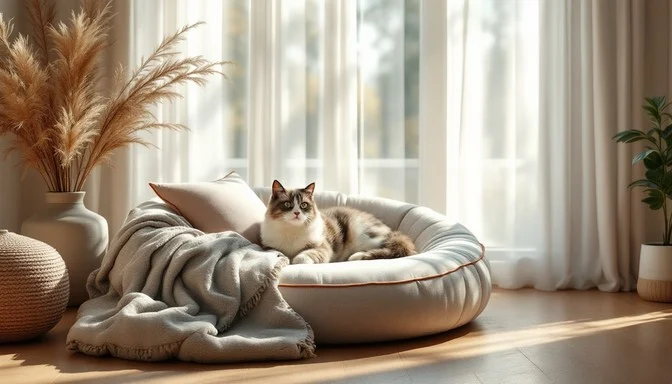
Introduction
Your home isn’t just your castle—it’s your pet’s whole world.
Creating a pet-friendly home environment is essential for their safety, well-being, and happiness. Whether you’ve just adopted a pet or you’re preparing your house for a future furry friend, every room, nook, and surface can be transformed into a space that’s safe, comfortable, and stimulating.
At PetFriends, we believe that pet care starts at home. In this comprehensive guide, we’ll help you:
- Pet-proof your space
- Choose pet-friendly furniture and flooring
- Organize feeding, grooming, and sleeping areas
- Provide enrichment and mental stimulation
- Build a bond through safe interaction zones
This guide is tailored to dog, cat, and small animal owners but includes principles that work for any beloved pet.
📌 Table of Contents
- Why Your Home Environment Matters
- General Pet-Proofing Tips
- Room-by-Room Pet-Safe Setup
- Flooring, Furniture & Fabric Choices
- Creating Zones: Eating, Sleeping & Play
- Outdoor Spaces & Backyard Safety
- Enrichment Ideas for Mental and Physical Health
- Common Household Hazards to Avoid
- Small Pet Considerations (Rabbits, Hamsters, etc.)
- Final Thoughts + Checklist
1. Why Your Home Environment Matters
Pets are naturally curious, active, and eager to explore their surroundings. A well-designed pet-friendly home ensures:
- Physical safety from sharp objects, choking hazards, or harmful chemicals
- Mental stimulation through toys, play areas, and variety
- Emotional comfort with cozy resting zones and routines
- Prevented damage to furniture, floors, and your sanity!
Whether you live in a large house or a cozy apartment, the goal is the same: balance freedom, structure, and safety.
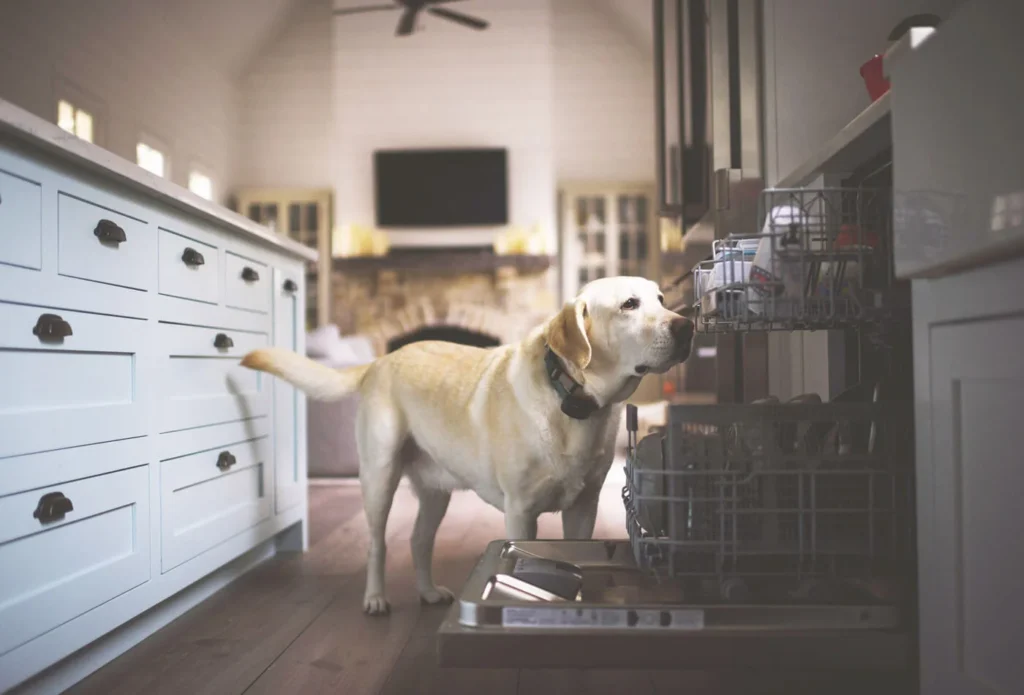
2. General Pet-Proofing Tips
Start by walking through your home at your pet’s eye level. What do you see? What can they reach?
General Guidelines:
- Secure loose wires and cords with cord protectors
- Store medications, cleaning products, and sharp objects in locked cabinets
- Use baby gates or barriers to restrict room access
- Remove toxic plants (like lilies, poinsettias, aloe vera for cats)
- Hide trash bins or food containers—dogs love to explore!
Bonus Tip: Keep emergency contacts (vet, poison control) visible and accessible.
3. Room-by-Room Pet-Safe Setup
🛋️ Living Room
- Avoid glass décor or unstable furniture
- Provide a pet-safe couch cover or pet bed nearby
- Store remote controls and small objects off low tables
- Designate a toy basket to prevent boredom
🍳 Kitchen
- Secure garbage cans with lids or hidden cabinets
- No food on counters! Dogs can reach surprisingly high
- Keep cleaning products and sharp tools behind baby-proof latches
- Avoid toxic human foods: chocolate, grapes, onions, garlic
🛏️ Bedroom
- Create a cozy sleeping space (a quiet crate or pet bed)
- Watch out for string, jewelry, or coins that can be swallowed
- Keep windows secure if you have cats who like high places
🚿 Bathroom
- Close toilet lids—especially for curious puppies
- Store soap, razors, and shampoos in closed cabinets
- Avoid leaving medications or vitamins on counters
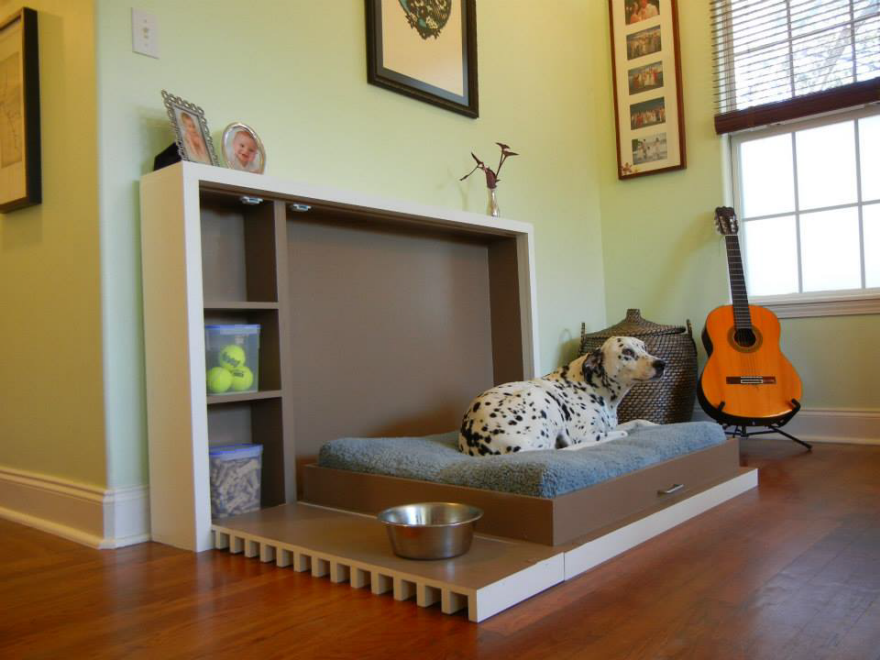
4. Flooring, Furniture & Fabric Choices
The right materials can save you from hair, scratches, and odors.
Best Flooring Options:
- Tile or sealed hardwood: Easy to clean and durable
- Vinyl/Laminate: Scratch-resistant and water-friendly
- Avoid: Carpets (stain-prone) and hardwoods that dent easily
Furniture Tips:
- Use washable slipcovers or pet-friendly fabric (like microfiber)
- Place pet throws on furniture to minimize shedding
- Anchor heavy items to avoid tipping
Tip: Keep a handheld vacuum or lint roller in common areas to quickly handle pet hair.
5. Creating Zones: Eating, Sleeping & Play
Structure helps your pet understand expectations.
🥣 Eating Zone:
- Set up bowls on a washable mat to catch spills
- Use elevated feeders for large dogs
- Keep water bowls full and in a consistent spot
🛏️ Sleeping Zone:
- Choose a low-traffic, quiet area
- Consider orthopaedic beds for older pets
- Crate training? Make the crate cozy, never a punishment
🎾 Play Zone:
- Dedicate a small area for interactive toys and exercise
- Use puzzle toys, balls, and scratching posts
- Rotate toys weekly to keep things exciting

6. Outdoor Spaces & Backyard Safety
If you have a yard, balcony, or patio—make it a pet haven.
🏡 Safe Yard Guidelines:
- Ensure fencing is escape-proof
- Remove toxic plants (like azaleas, tulips, and oleander)
- Avoid pesticide-treated lawns
- Provide shade and a water source
- Don’t leave pets outside unattended for long periods
🌿 Apartment/Urban Solutions:
- Use grass pads or potty balconies
- Install pet-friendly balcony mesh
- Regular walks and park visits provide essential stimulation
7. Enrichment Ideas for Mental & Physical Health
Bored pets = destructive pets. Keep their brains and bodies active.
Dogs:
- Puzzle feeders and snuffle mats
- Agility tunnels (even indoors!)
- Rotate chew toys regularly
Cats:
- Window perches and cat trees
- Laser pointers and feather toys
- Hide-and-seek treat hunts
Small Animals:
- Tunnels and chew sticks for rabbits and guinea pigs
- Wheels and ladders for hamsters
- Variety of textures and tunnels
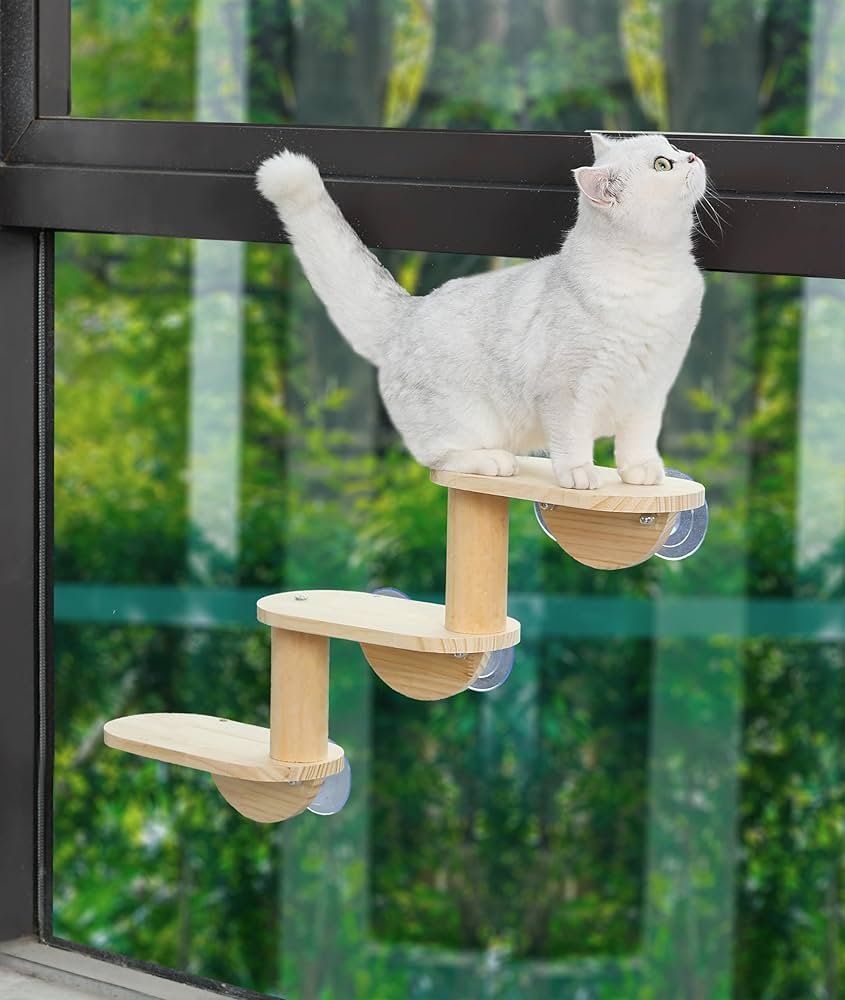
8. Common Household Hazards to Avoid
Even loving homes can contain hidden dangers.
Household Toxins:
- Cleaning supplies (bleach, ammonia)
- Essential oils (toxic to cats and some dogs)
- Human meds and vitamins
- Rodent poisons/insect traps
Physical Hazards:
- Unstable furniture
- Small choking hazards (buttons, coins)
- Open windows or stairways
- Electrical cords (especially with puppies or kittens)
9. Small Pet Considerations
For rabbits, guinea pigs, hamsters, and ferrets:
- Avoid wire-bottom cages—can harm feet
- Provide chew-safe toys (untreated wood, cardboard)
- Spot-clean cages daily, full clean weekly
- Keep temperature regulated (avoid direct sunlight or drafts)
Tip: Let small pets explore in safe, supervised floor time for bonding and exercise.
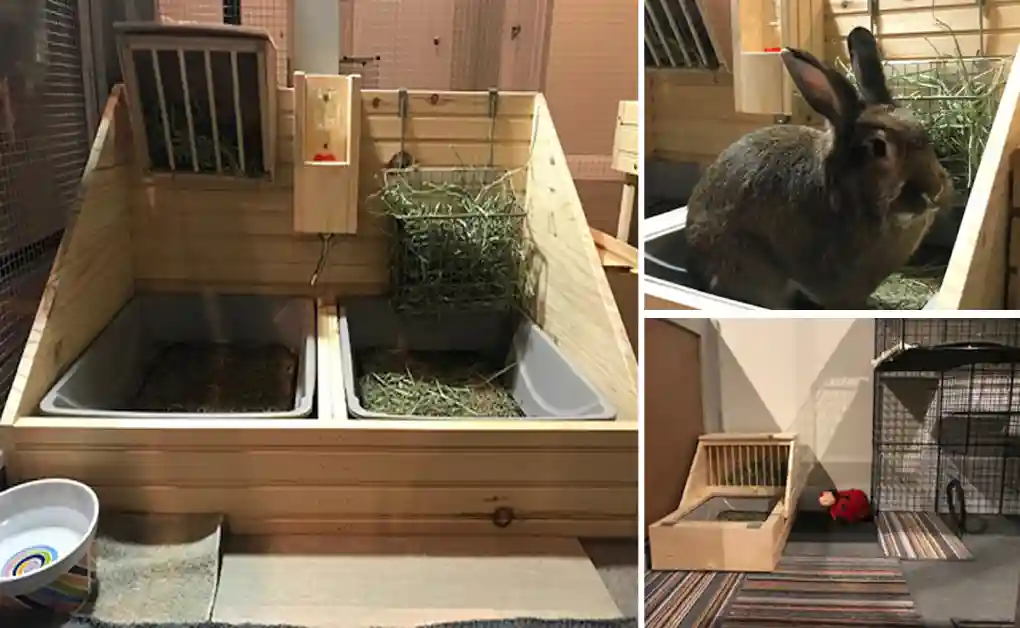
10. Final Thoughts + Checklist
A pet-friendly home is more than a space—it’s a message: “You’re safe here. You’re loved.”
Creating this environment doesn’t require luxury—just love, planning, and consistency. Your efforts reduce accidents, promote health, and strengthen your bond.
✅ Quick Checklist:
Safety
☐ Hide wires & toxic substances
☐ Secure trash, windows, balconies
☐ Vet all plants and décor
Zones
☐ Create feeding, sleeping, play areas
☐ Add scratching posts or chew-safe toys
☐ Use cozy bedding and furniture protection
Daily Needs
☐ Fresh water and food
☐ Regular grooming supplies
☐ Mental and physical stimulation toys
Outdoor
☐ Fence check or balcony mesh
☐ Shade & clean potty spots
☐ Supervised time always
